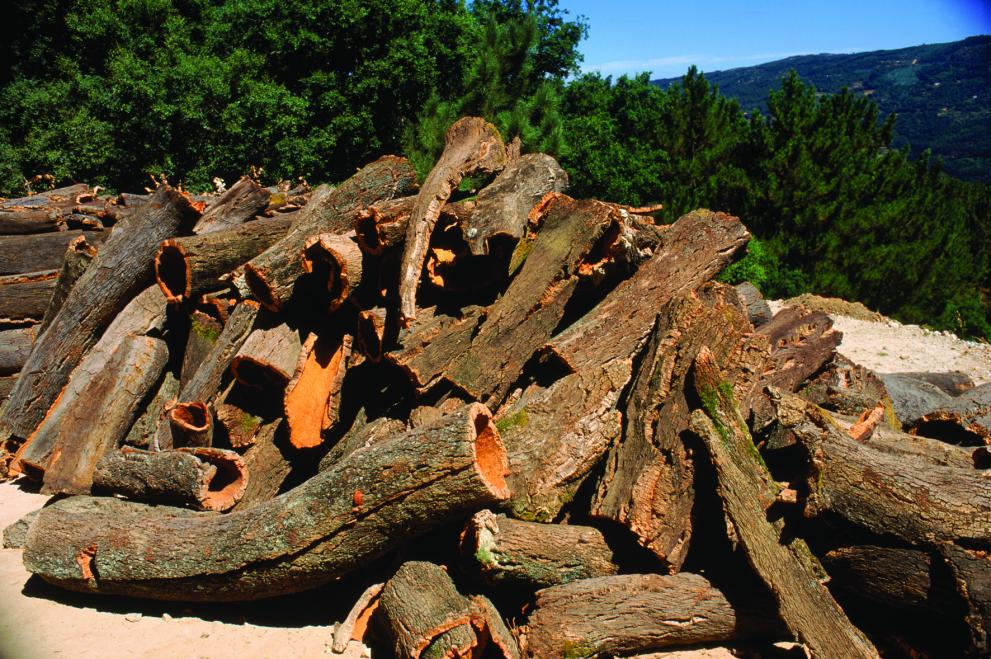Peatlands
Peatlands are a unique habitat that host an exceptional range of plants, birds and other animals that are often found nowhere else. Peatlands also store huge amounts of carbon.
In 2017, the EU-funded LIFE ‘Living Bog’ project was launched to restore 3000 hectares of raised bog in twelve Natura 2000 sites across seven counties. Drains were blocked, water levels raised and invading trees and scrub removed to restore the original hydrological and ecological conditions that would allow the bog to recover fully over time. A key to the success of the project was extensive engagement with stakeholders. This ensured the acceptance of restoration across the project sites and beyond.
Buoyed by the success of the Living Bog project, the Irish government is now embarking on a more ambitious peatland restoration programme for the entire country, called the “Peatlands and People” project. It will receive a further 10 EUR million through the EU’s Recovery and Resilience Fund.
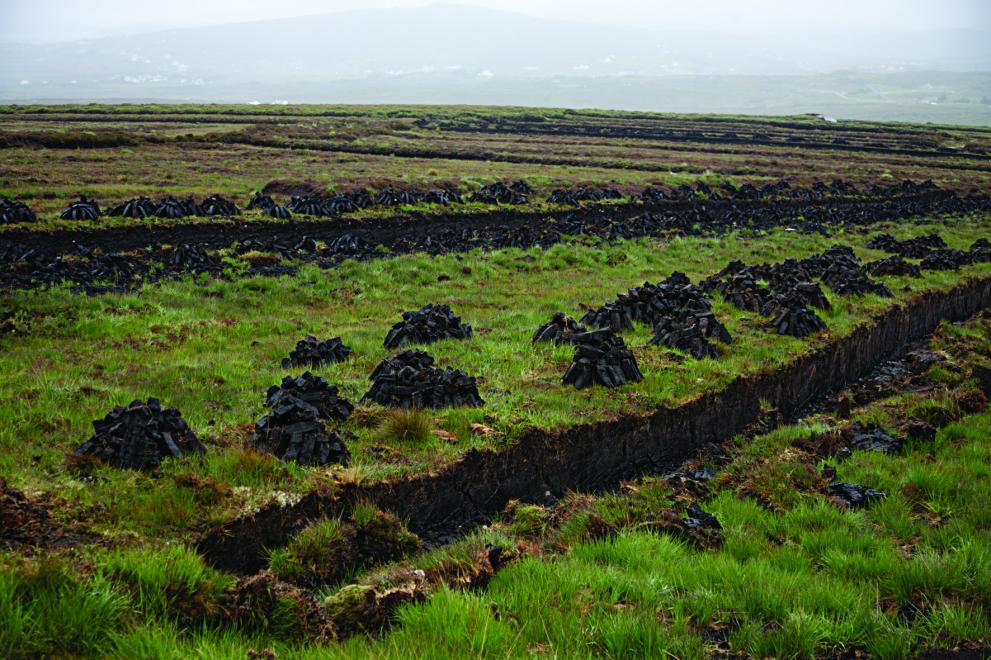
Rivers
Skjern River in western Jutland is one of the largest rivers in Denmark. In the 1960s, a major project began to straighten and embank the river and turn the surrounding marshland into agricultural land. At first, the crops were fairly successful but over time their productivity diminished drastically despite applying large amounts of fertiliser.
In 1987, faced with all this low quality farmland, the government launched a major restoration project for the Skjern River and surrounding land. The river was re-excavated and placed into a more natural meandering riverbed over 26 km and around 2200 hectares were reconverted to marshland.
The water quality quickly improved and wildlife returned in significant numbers. The site also became a magnet for visitors in search of nature. By the end of the project some 350 000 to 400 000 people were using the new nature trails. Farmers were also given support to adopt more nature-friendly farming practices. A cost-benefit analysis of the restoration project concluded that the local economic opportunities created was larger than the overall project cost.
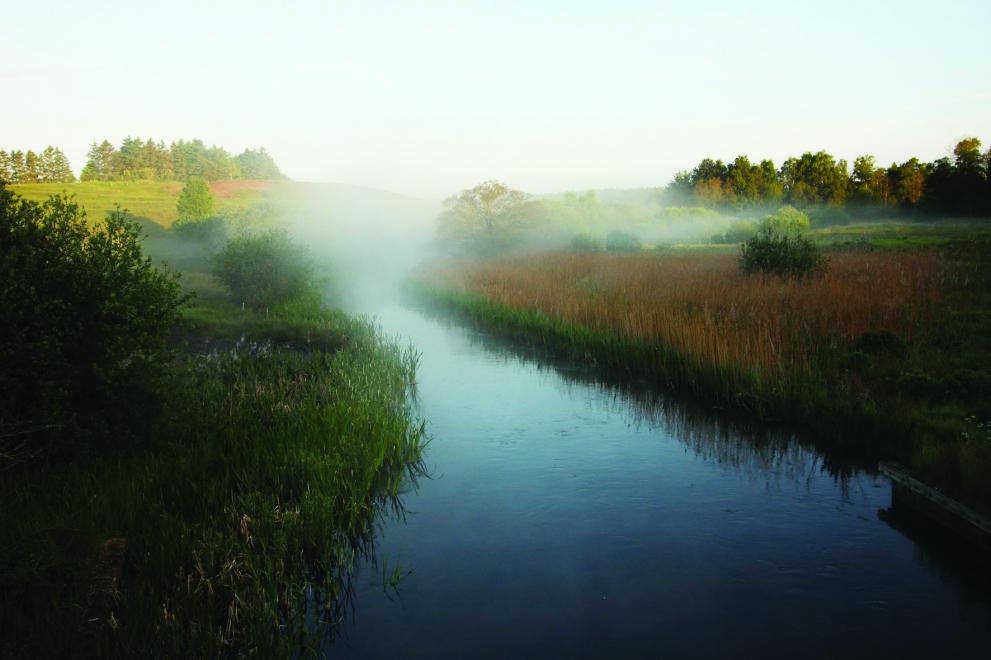
Marine
Posidonia oceanica is a type of seagrass found in the Mediterranean Sea. Posidonia beds are rich biodiversity hubs, important for hundreds of different marine species. They also protect coastlines from erosion and store and sequestrate vast quantities of carbon, estimated at half a million tonnes a year. Despite their value, it is estimated that over half of Europe’s Posidonia beds have been damaged or degraded.
The waters of Andalusia host around 6700 hectares of seagrass meadows, 90% of which is now protected in 12 Natura 2000 sites. In 2010, an EU LIFE project mapped and studied the conservation needs of Posidonia beds in the region. Measures were taken to reduce ongoing threats to allow the habitat to recover naturally. Several initiatives have since been launched since to restore already damaged Posidonia bed. For example, the Red Eléctrica de España transplanted seagrass fragments and seeds grown under laboratory conditions into degraded meadows, and 90% of the meadows survived until the second year.

Forests
In southern and western Finland, there were once extensive natural boreal forests, bog woodlands and esker forests, providing vital refuges for plants and animals. Most of these forests have since been used for commercial purposes and became generally uninhabitable for wildlife.
In 2003, an EU-funded LIFE project helped launch a large-scale forest restoration project to improve the conservation status of the forests within 33 Natura 2000 sites. Several measures were taken including diversifying the age and size of the trees, increasing the amount of dead or decaying wood, and opening up forest clearings. The project was successful and was transformed into a major national restoration programme with a budget of 30 million EUR a year. The voluntary METSO programme encourages private owners to offer up their forests for temporary or permanent conservation. In exchange, they receive full financial compensation equivalent to the value of timber.
Forest owners, companies, NGOs, and authorities alike have warmly welcomed the programme thanks to is voluntary approach. It has also prompted the government to launch a second major programme – HELMI – to restore biodiversity in other ecosystems.
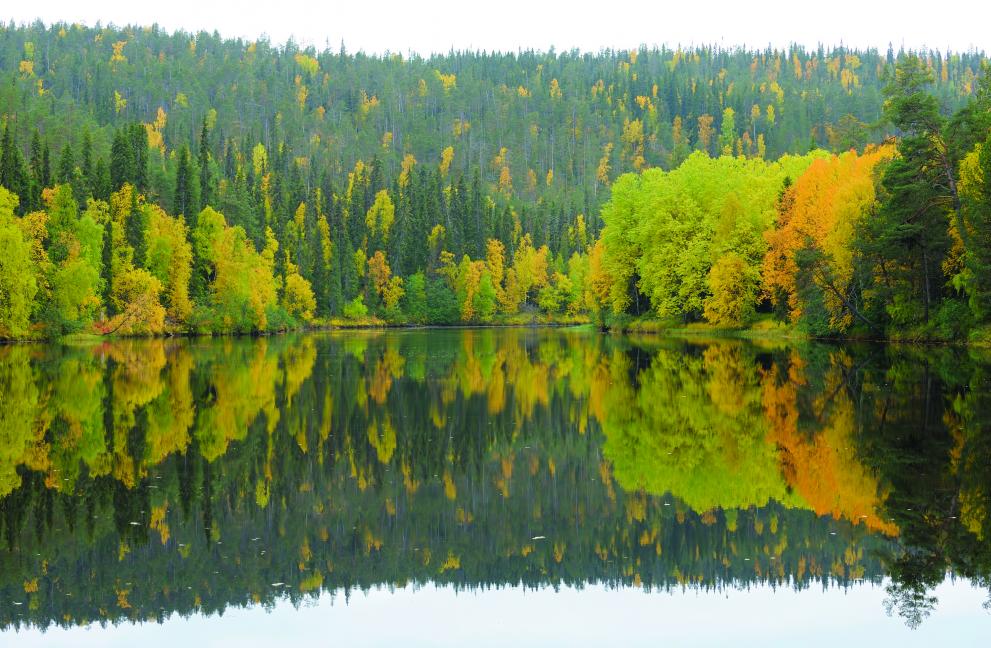
Floodplains
The Sigma Plan II is a long-term flood protection and nature restoration strategy in the Scheldt estuary on the edge of Antwerp. The Plan includes 50 projects to be carried out between 2006 and 2030. The projects have a dual purpose: to provide flood protection and to restore nature and biodiversity all along the Scheldt river and its tributaries.
Every five years, a new batch of projects begins. Each project is developed by scientists, economists, sociologists, landscape architects and ecologists, with local government administrations, nature associations, hunters and fishermen. The selection of projects is also based on a social cost-benefit analysis. This analysis has shown that improving natural infrastructure is cheaper than the construction and maintenance of a storm surge barrier near Antwerp.
Overall, the benefits of the Plan are greater than the costs. The total cost is EUR 469 million, whereas the flood protection benefits are EUR 740 million, the recreational benefits are EUR 22 million and the ecological benefits are EUR 130 million.

Urban
To revitalize the derelict Emscher area, a major urban renewal and ecological enhancement programme was launched in the 1990s. This large-scale urban regeneration scheme succeeded in turning an industrial zone into an economically active region, building ecological concepts into the development process from the outset, and creating an attractive area in which to live and work, boosting the local economy.
17 cities in the region, public authorities, construction and development companies, architects, ecologists, historians and the public all cooperated closely during the project. Restoring the area’s remaining natural areas was one of the programme’s five key objectives, including restoring the Emscher river and its tributaries, to improve water quality and develop a modern sewage and drainage system for the area. A unique green corridor was also created connecting all 17 cities using existing watercourses and green spaces. The resulting Emscher Landscape Park is 70 km long and incorporates a wide range of newly restored natural habitats, regenerated brown field sites and recreational areas.
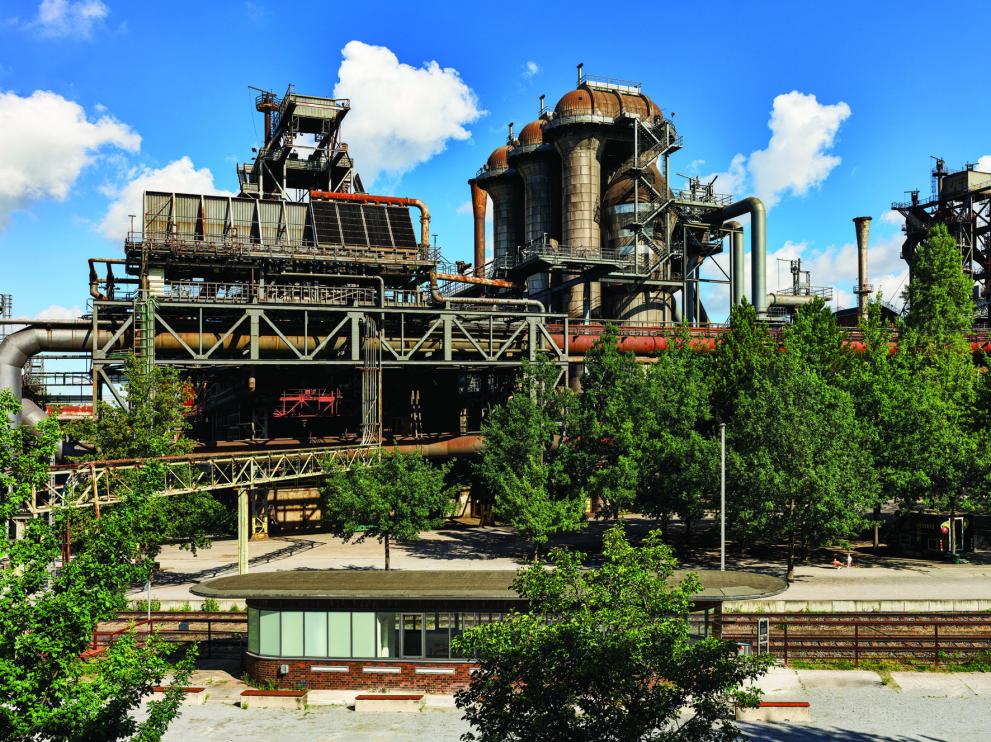
Grassland
Semi-natural grasslands are disappearing from the Latvian landscape at an unprecedented rate. Yet, they remain an integral part of Europe’s agricultural policies. To redress the losses of biodiversity and increase the economic viability of farming on semi-natural grasslands, the GrassLIFE project was launched in 2016 to restore priority grasslands over more than 1320 hectares within 14 Natura 2000 sites. It works with 12 farms to carry out different restoration techniques and develop best practices that can be applied on a wider scale.
Mobile grazing units have been set up to bring the cattle to newly restored grasslands, thus kick starting their long-term management. In addition, farmers receive technical assistance to apply for maintenance and investment support from EU agri-environment programmes. As extensive farming practices often struggle to compete with larger and more intensive agricultural holders, the project has paid particular attention to finding ways of improving the economic value of sustainable grassland management.
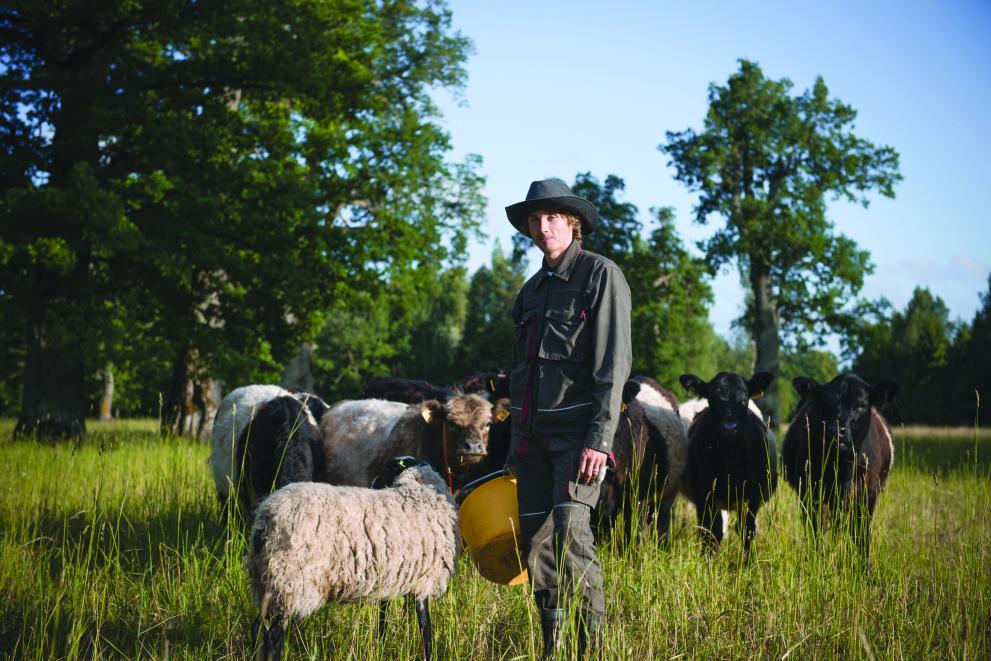
Agriculture
The southern region of Portugal between the Tagus and Sado rivers hosts the largest continuous area of cork oak landscape in the country. It is also the heartland of cork oak production. Well-managed cork oak areas are major biodiversity hotspots and provide important ecosystem services such as carbon storage, preventing wildfires, clean water and water storage. However, the combined effects of bad management, conversion to fast growing Eucalyptus plantations and land abandonment have led to the degradation and even loss of significant areas.
In 2011, WWF launched the Green Heart of Cork project to protect, manage and restore the cork oak landscapes in close collaboration with the farmers. The farmers now receive support from an EU agri-environmental scheme to manage their forests in a more sustainable way. Major areas were restored with the help of EU Rural Development Funds and a new ‘Payment for Ecosystem Services’ (PES) Scheme was set up to support farmers managed their FSC certified forests in accordance with ecological principles.
